PlayerUnknown's Battlegrounds vs Fortnite: Which one is right for you?
Breaking down the features of the two hottest battle royales.
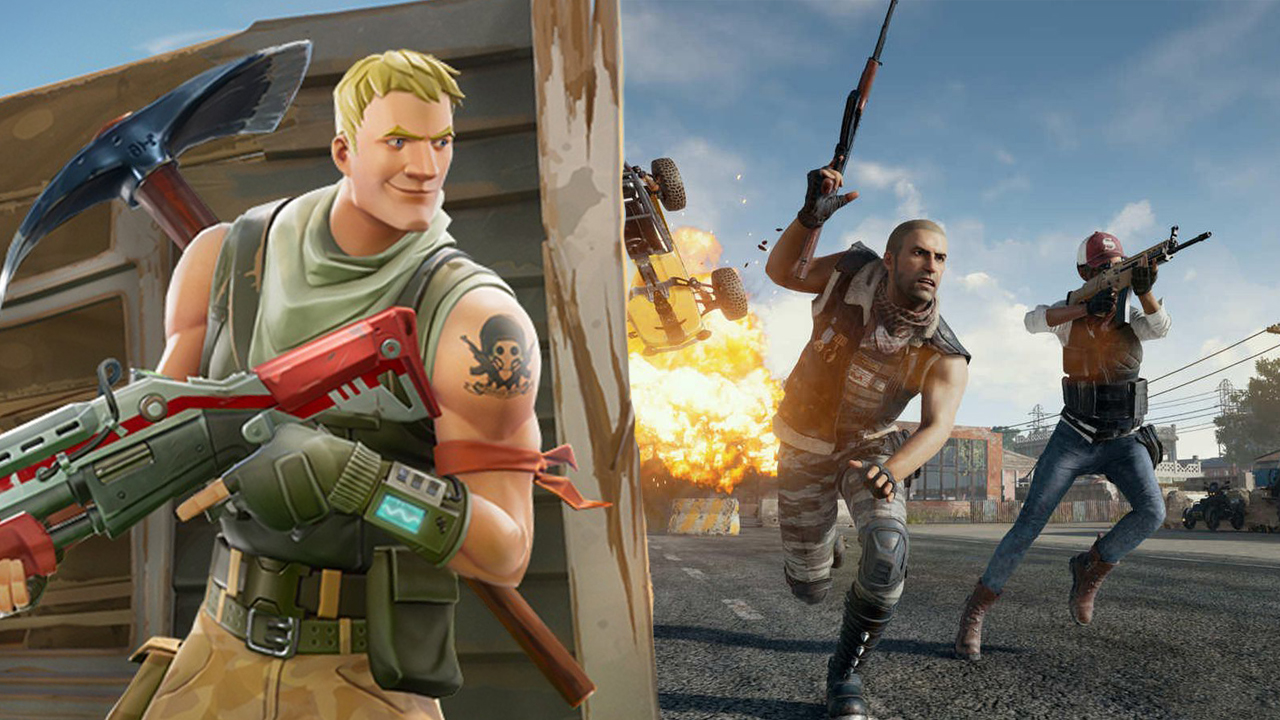
With over five million concurrent players at any one time between the two, PlayerUnknown's Battleground and Fortnite Battle Royale aren't just wildly successful games: they're full-blown phenomenons. But when it comes to PUBG vs Fortnite, which one should you play?
If you look at our reviews, both PlayerUnknown's Battlegrounds and Fortnite are great games worthy of your time. But what are the differences between these two? How do they compare to one another? This article breaks down their features, from weapons to microtransactions, so that you can better decide which battle royale is right for you.
Fortnite vs. PUBG: Overview
Fortnite Battle Royale was made in two months by Epic Games' Unreal Tournament team off the back of the PvE Save the World mode. At first, the mode was a clear PUBG imitation, so you'll notice they share some fundamentals, but through slow adoption of the fort-building system and Epic's constant barrage of updates, Fortnite has become a more fast-paced, experimental game since launch. Plucked straight from the PvE mode, Fortnite's building system allows players to put up walls, floors, ceilings, and ramps as easily as aiming and shooting a rifle. As long as players smash enough trees, brick, and metal with their pickaxe, they can erect complex skyscrapers or deploy walls as mobile cover. Good aim is helpful, but Fortnite's skill ceiling extends far beyond shooting. It's free-to-play within Epic's homespun launcher too, a decent deal for such an eccentric arcade shooter.
Matches pit 100 players against one another on a huge island, though it's still small by PUBG standards. Players start in the party bus (a bus suspended from a balloon, don't worry about it) making its way across the map in a straight line. Players can leap out from anywhere on this path, typically aiming for one of the island's named locations. On the ground, they'll need to find weapons, shield potions, health items, and building resources as quickly as possible. After a few minutes the storm, denoted by a huge circle on the map, tightens on a random section of the map. Every few minutes, it tightens again, forcing players into smaller and smaller clusters until they have no choice but to commit colorful, cartoony murder.
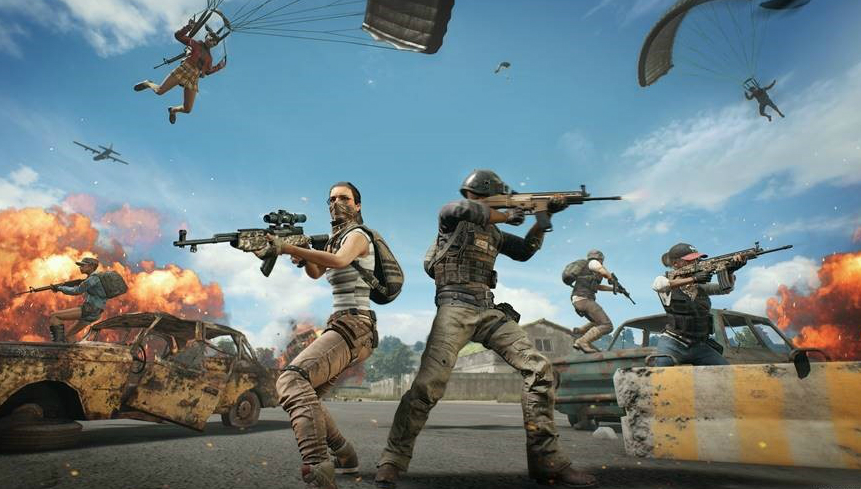
Keeping your blood inside your body isn't easy in PUBG—not with 99 other players trying to put holes in you. Our guide to staying alive will definitely help.
PlayerUnknown's Battlegrounds was the first of the battle royale-style games to really explode in popularity. Created by Brendan Greene, the self-proclaimed creator of the battle royale genre, PUBG is slower-paced and more realistic than Fortnite. It's not quite a full-blown military sim, but it's close. PUBG costs $30 USD on Steam and features a variety of maps and game modes.
Similar to Fortnite, a match in PUBG is a 100-man free for all over a massive expanse of terrain. Each round starts in a plane that flies over the map, allowing players some degree of choice in where they want to start. Once on the ground, you must scavenge for weapons and equipment to survive. After a few minutes, a lethal blue energy field begins closing on the map, effectively limiting the play area. After this blue circle first appears, it begins to tighten the play area every few minutes, condensing players together until only one survives.
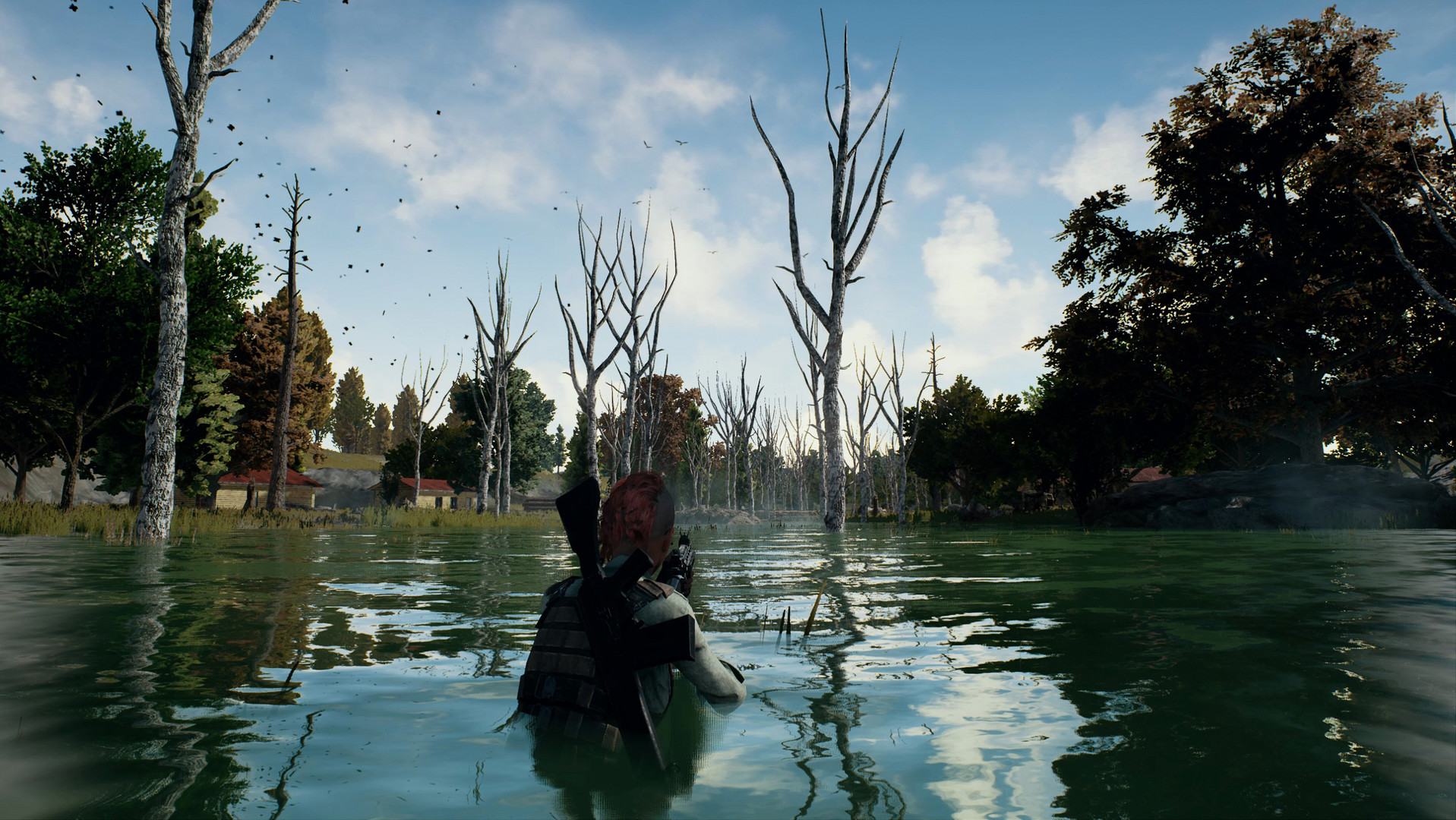
Game modes
Fortnite mirrors the basic modes of PUBG in its official and custom games. Solo mode is the vanilla 1v99 free-for-all, Duos mode partners you with a friend or stranger against teams of two, and Squad mode is comprised of teams of four. If they've got the goods, players have the option of queuing into Duos or Squads as a solo player too. Unlike PUBG, Fortnite is always played from the same third-person perspective. Building in first-person sounds like a nightmare.
The biggest gaming news, reviews and hardware deals
Keep up to date with the most important stories and the best deals, as picked by the PC Gamer team.
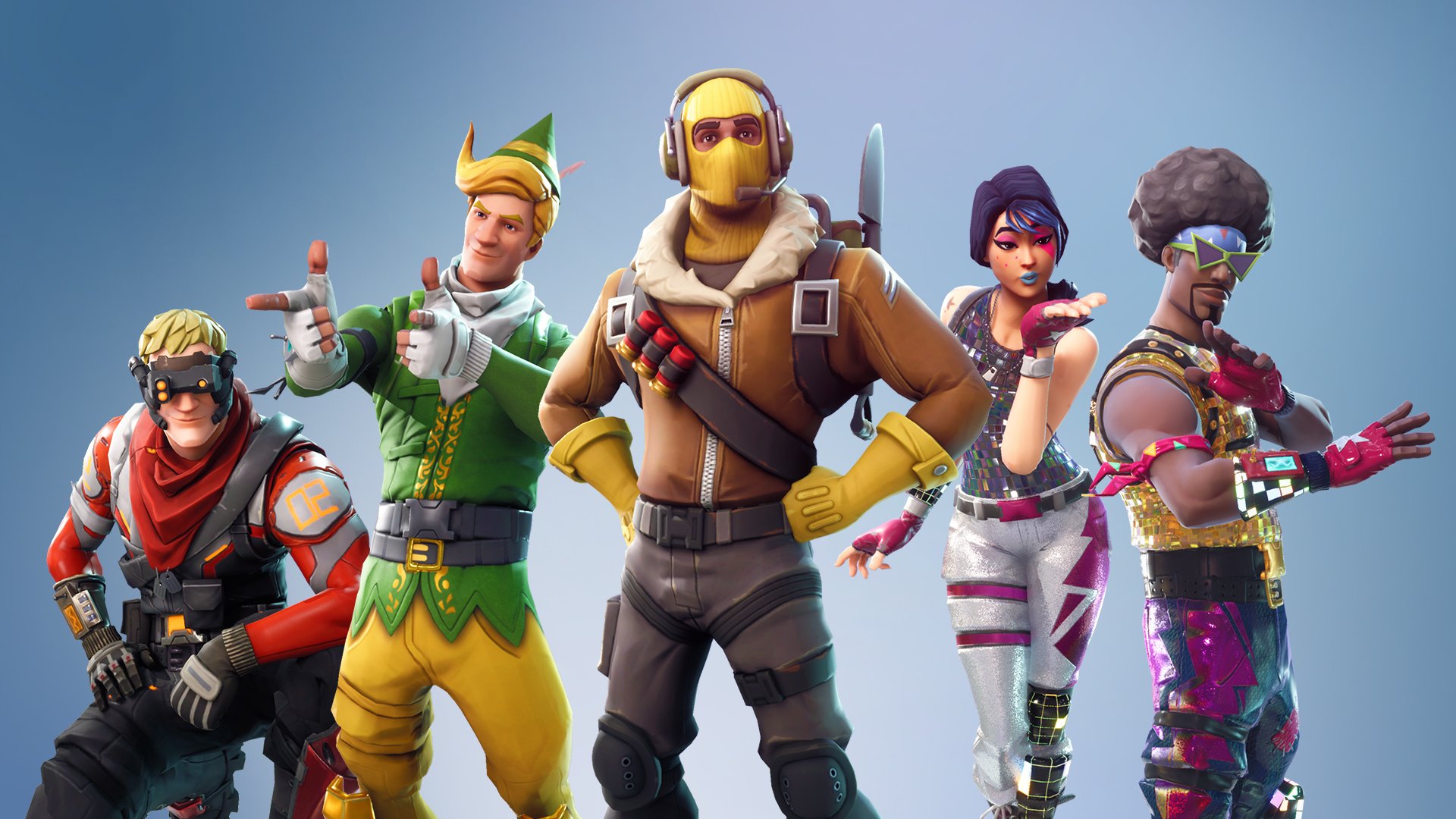
What's new with the latest Fortnite season
The best Fortnite creative codes
The optimal Fortnite settings
Our favorite Fortnite skins
The best Fortnite toys
Every two weeks or so, a new temporary game mode becomes available to play. A few examples include 50v50, five teams of 20, a snipers-only mode, an explosives-only mode, and Blitz, which speeds up resource gathering and the speed of the storm. Temporary modes tend to be more experimental, and Epic is still developing plenty more behind the scenes, including one we've yet to see called 'The floor is lava'.
PUBG has several game modes spread across its official and custom games. For ranked play, players can choose to play solo, in a team of two, a full squad of four, or the very challenging 1-man squad (solo versus teams of four). There is matchmaking, so if you want to play as a team with strangers it's possible. Once you have your squad size locked in, you'll choose whether to play in first-person mode or the traditional third-person mode. In the latter, you can still switch to first-person for precision shots, but you also have the added advantage of being able to see around corners and cover without exposing yourself. In first-person, your field of view is limited, making it more challenging and realistic.
PUBG also has several custom game types in a separate server browser. Zombies pits a few human players who can loot against a horde of player-zombies who must work together to overwhelm them. War starts as a traditional deathmatch mode before ending in PUBG's traditional battle royale mode. There are also special events that run for a limited time, like Tequila Sunrise where players are only able to use shotguns and melee weapons.
Above: Fortnite's weapons are hilarious and goofy, like this boogie bomb that makes players dance uncontrollably.
Weapons
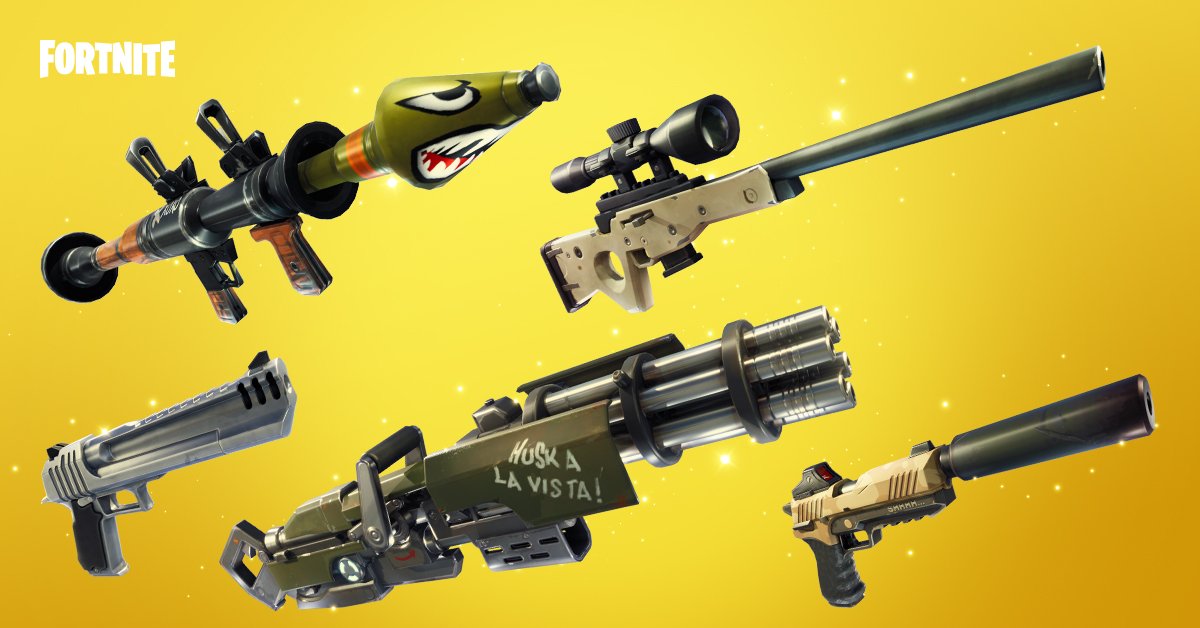
If you want to secure victory in Fortnite, you're going to need to know which guns to keep an eye out for. Fortunately, we've got you covered with our guide to Fortnite's best guns.
Fortnite's cartoonish stylings don't match its militaristic arsenal. Its assault rifles, hunting rifles, sniper rifles, submachine guns, pistols, revolvers, rocket launchers, grenade launchers, and crossbows all imitate the real deal in appearance and behavior. But in practice weapon recoil is nearly invisible, and bullet spread is only a problem for players that never lift their finger off the fire button. Some sniper rifles need to account for bullet drop, which is about as complex as Fortnite's weapons get.
Weapon attachments aren't a thing, but weapon rarity is. Rare assault rifles have better stats than common assault rifles. Blue pump shotguns do more damage than green shotguns. Grenades blow things up, as expected, or send people flying, and players can find spike traps to attach to any flat surface for sneakier kills. The challenge comes from managing a good spread of weapons for encounters at every distance along with grenades and healing supplies spread across five inventory slots. Knowing what to keep or drop in a pinch can determine a match.
PUBG's arsenal is pulled directly from real-world military arms. There's an awesome assortment of sidearms, shotguns, assault rifles, and submachine guns in addition to grenades and more. For those wanting an extra challenge, there are also sillier additions like a crossbow and the WW2-era Thompson submachine gun. Similar to military sims, however, using these guns effectively requires practice as each has realistically modeled bullet spread and drop. You can even adjust a gun's sights to be accurate at specific ranges or change firing modes.
A big part of PUBG's weapon system is managing attachments that offer various benefits. Scopes will help with aiming, grips reduce recoil, and the ever valuable flash hider can conceal your shots. As you scavenge, you'll be constantly swapping attachments to create the best possible loadout for the situation.
Vehicles
Fortnite has been granted two new vehicles in the last few months, starting with the shopping cart. Built for two people, one player needs to push while the other rides in the basket. They're not the fastest way to get around, but with one player building and the other pushing, it's possible to create your own ramps on which to gather enough momentum to fly across the map. All Terrain Karts are Fortnite's only motorized vehicle so far. Capable of fitting four players, drivers can also powerslide Mario Kart style for a small speed boost.
PUBG has a ragtag assortment of cars and boats that can make traversing its large maps much easier. They're infamously buggy and unwieldy, however. They also use up gas which can be hard to come by. Still, they're valuable when you need a quick getaway, and the fact that your team can ride passenger and still fire their guns makes for some thrilling Mad Max-style moments.
Above: PUBG's vehicles can be unpredictably buggy.
Maps
Fortnite currently has one map, and Epic hasn't announced or hinted at any more to come. What's there is tiny by battle royale standards, around a quarter the size of PUBG's smallest 4x4 kilometer map. It's hilly and green for the most part, dotted with areas designed for different styles of play, though a desert biome replaced a good chunk of green in the southeast quarter. Tilted Towers is a couple city blocks featuring tall buildings and flat, open streets between them. Wailing Woods is a dense forest with a hedge maze at its center. Pleasant Park is a suburban neighborhood bordering a soccer field. With nearly 20 named locations and dozens of smaller landmarks between them, Fortnite's map is dense and always changing.
PUBG has several different maps to play on. The dramatically different environments necessitate different tactics, which helps keep PUBG from feeling stale. The most common map is Erangel, the Russian-inspired 8x8 kilometer island that features a diverse landscape of forests, cities, farms, and swamps. Miranmar is an 8x8 kilometer stretch of Mexican desert with wide open spaces and sparse cover beyond its myriad of shantytowns. Sanhok is PUBG's newest map, a much tighter 4x4 kilometer tropical jungle island.
Microtransactions and cosmetics
Fortnite is free to play, and the microtransactions within are entirely cosmetic, featuring no random chance loot box mechanics. An in-game item store has skins for characters, pickaxes, and gliders available for purchase, as well as a variety of emotes. Problem is, the coolest skins can cost up to $20 and many cannot be earned through in-game challenges. There are always a few players can earn by completing season challenges, though dozens more cosmetics are locked away behind the purchase of a Battle Pass. These cost just under $10, and give players access to weekly challenges that, when completed, go towards their Battle Pass level. As the Battle Pass level increases, cosmetic rewards are unlocked at specific tiers.
Fortnite's microtransactions and cosmetics are currently not pay-to-win.
PUBG has a cosmetic and microtransaction system somewhat similar to Counter-Strike: Global Offensive—except it's confusing as hell and kind of terrible. In-game cosmetics like clothing and gun skins are found inside of crates which can be purchased for BP, a currency you earn through performing well in matches. Each week, you can buy six crates for BP but the cost of each one scales exponentially. When you buy a crate, you have a chance of earning one of several specific kinds of crate with specific kinds of cosmetics inside. Some crates can be opened for free, while others require keys that cost $2.50 USD a pop to open. Similar to CS:GO, all crates can be sold on the Steam Marketplace for Steam credit. Likewise, the cosmetics you earn from crates can be sold individually for credit or redeemed for BP.
The Event Pass was introduced with the launch of Sanhok. For $10, players get access to daily, weekly, and Sanhok-specific challenges and a 30-level reward track that unlocks cosmetics along the way. Players aren't too fond of it, critiquing a lack of interesting rewards , frustrations with daily XP caps, and a slow crawl towards level 30.
PUBG's microtransactions and cosmetics are currently not pay-to-win.
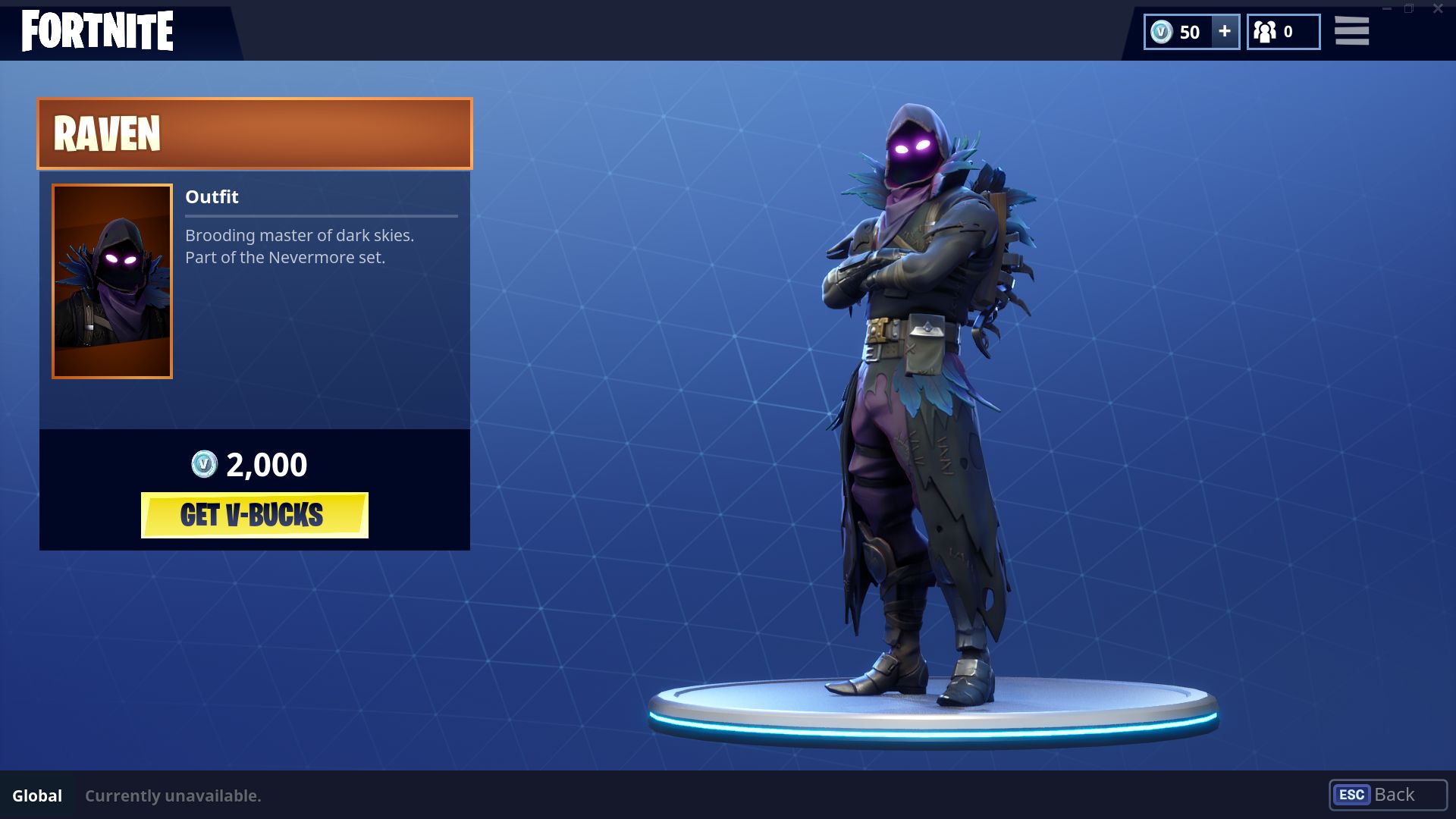
Performance
Fortnite is still in beta, which means performance tends to fluctuate as Epic Games makes adjustments. Overall, though, Fortnite will run decently on any hardware from the past five years. Our performance analysis suggests that the minimum specs of a paltry Intel HD 4000 and Core i3 2.4 Ghz might be a tad too low to handle the game at acceptable frame rates. And running it at epic quality tends to crush all but the best systems. There's definitely some fine tuning to be done. Still, Fortnite will run just fine on most systems as long as you keep its graphics settings within modest ranges.
PUBG's performance has improved significantly since it first launched on Early Access. While there's still some room for improvement, our performance analysis indicates that PUBG runs rather well on a variety of CPUs and GPUs. It is, however, a more demanding game than Fortnite. At minimum, PUBG requires a Nvidia GeForce GTX 660 2GB / AMD Radeon HD 7850 2GB suited up with a Intel Core i3-4340 / AMD FX-6300. You can squeeze by with less, but you'll suffer for it.
Updates
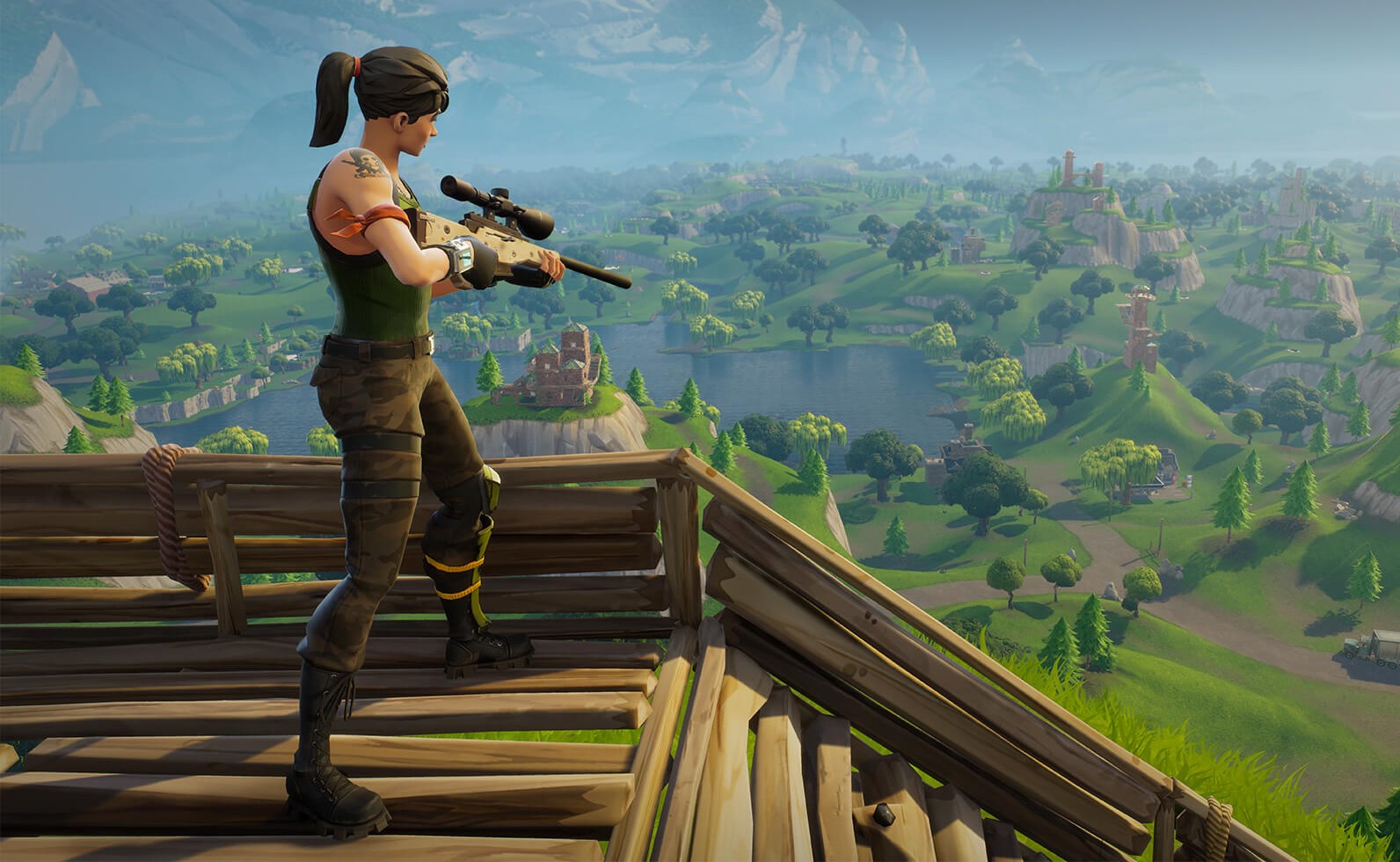
A good trigger finger will keep you alive in Fortnite, but if you really want to become a pro, you're going to have to master the art of building. Don't worry, our guide will get you started.
Fortnite has settled into reliable cadence with updates arriving every two weeks with new map updates, weapons, items (see the bush and launchpad), skins, and tweaks in tow.
PUBG is consistently getting new updates that add maps, guns, and much-needed fixes. While it's no longer on Steam Early Access, there's still a good deal of work happening month after month. The developers have also shown a willingness to respond quickly to community feedback—especially regarding microtransactions.
Which one to play?
It's a tough question. As you can see, PUBG and Fortnite have significant differences and each has particular strengths. PUBG has map variety, while Fortnite's single map can get quite boring after a while, though Epic is mitigating the issue through more frequent updates. On the flip side, Fortnite's weapons and tools are inventive and wacky, whereas PUBGs arsenal is too nuanced to be exciting.
If you like the idea of a more arcadey shooter with a challenging but oh-so-satisfying base-building component, Fortnite is the obvious choice. But if you tend toward shooters that are slow and tense, like most military sims, PUBG is the way to go. The reality is that either game is worth your time and both can be enjoyed alongside the other.
If you're still on the fence, start with Fortnite. Being free-to-play means you can try it out with no risk and get a feel for whether the overarching battle royale game mode is your cup of tea. It can be a tad overwhelming and tense when you're in the top ten, fighting for your life. If Fortnite's cartoonish charms put you off but you still like the idea of battle royales, then PUBG is the one you should try next. Or check out the current and upcoming battle royale games to get a feel for what else the genre has to offer.
With over 7 years of experience with in-depth feature reporting, Steven's mission is to chronicle the fascinating ways that games intersect our lives. Whether it's colossal in-game wars in an MMO, or long-haul truckers who turn to games to protect them from the loneliness of the open road, Steven tries to unearth PC gaming's greatest untold stories. His love of PC gaming started extremely early. Without money to spend, he spent an entire day watching the progress bar on a 25mb download of the Heroes of Might and Magic 2 demo that he then played for at least a hundred hours. It was a good demo.


